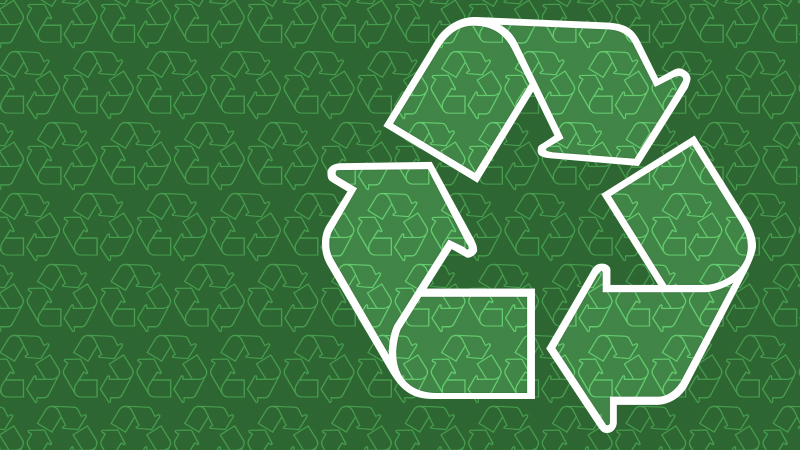In nearly all types of packaging examined, it found that reusable packaging can significantly reduce greenhouse gas (GHG) emissions compared to respective single-use plastic or paper containers.
The study, “Assessing Climate Impact: Reusable systems vs. Single-Use Takeaway Packaging” was produced by Eunomia Research & Consulting and looked at the GHG emissions associated across a wide range of common takeaway packaging, including cups, burger boxes, bowls, pizza boxes, and sushi containers, comparing single-use to reusable packaging in an optimised reuse system.
The research found that the adoption of reusable containers within a well-designed reuse system has the potential to reduce GHG emissions for most packaging options. The only exception to this was pizza boxes, which will likely need further innovations in design to fully unlock the benefits of reuse. For example, even a 20% reduction in the weight of a reusable pizza box – equivalent to 85 grams – could tip the scales in favour of reuse.
The study revealed each container’s breakeven point, the point at which reuse matches the carbon footprint of single-use, for greenhouse gas emissions within a robust return system. It found that returning a bowl thirteen times or a coffee cup just six times proved sufficient to break even, with any further returns becoming a net positive in terms of carbon emissions avoided.
Set in the “near-future” of 2030, the report envisions reusable packaging reaching a steady state whereby it can be collected, washed, and redistributed through a centralised means.
Building upon the recent evaluation of life cycle assessments conducted by Zero Waste Europe and Reloop, this study urges policymakers to fight for a cleaner 2030, particularly as discussions commence shortly on the forthcoming reuse targets within the Packaging and Packaging Waste Regulations (PPWR).











[…] Source link […]